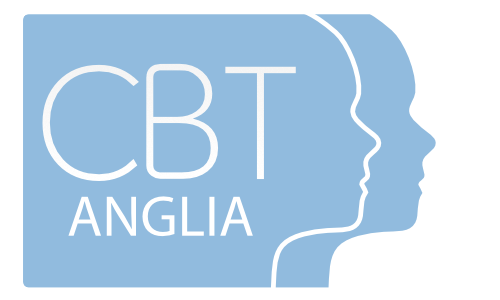Obsessive Compulsive Disorder
OCD can appear to vary alot between sufferers. Examples include fear of contamination, intrusive thoughts about harming someone you care about, intrusive sexual or violent thoughts or fear of hitting someone when driving.
Although OCD can focus on very different fears there are underlying themes which sufferers have in common. Key features of OCD include an intrusive thought which the suffering becomes very anxious about. The thought often involves being responsible for harming someone in some way. The person will try and avoid this thought by avoiding certain reminders or situations, however the thought will keep reoccurring as an obsessional doubt. They may have to complete rituals to make themselves feel better, or seek reassurance from others.
In health anxiety the obsessional fear is that the person may have a serious health problem such as cancer.The person may avoid reminders, but will also look for excessive reassurance often from health professionals and the internet.
In BDD the sufferer become preoccupied with a certain element of their appearance which they think is shameful and disgusting to others, for example their nose or defects in their skin. The person sees a very distorted view of themselves, and again there may be avoidance behaviours, such as avoiding being in public. The person will often repeatedly check mirrors, and may ask for reassurance from others.
CBT is very effective with obsessional disorders and works by slowly helping the person to overcome their avoidances, and to reduce their reassurance behaviours. CBT teaches the sufferer to manage their obsessional thoughts differently which reduces the number of thoughs, and eventually the level of anxiety that the thought brings.

